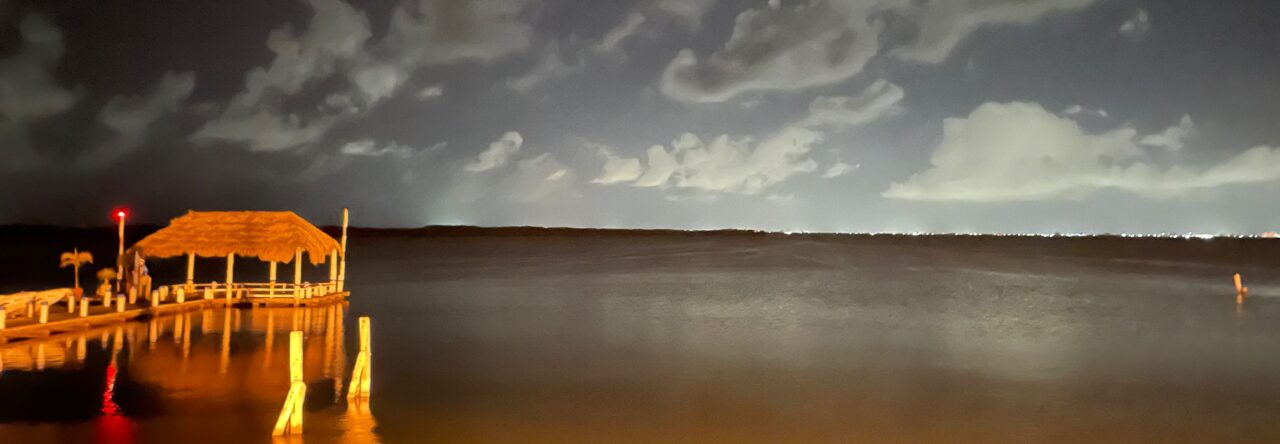The daughter and I climbed aboard a 1991 Cadillac hearse that was used as recently as 2011 to tour some of the purportedly haunted sites in Austin, Texas, on a Friday night.
Our first stop was the Confederate Woman’s Home built in 1906. Over 3,400 indigent widows of Confederate soldiers lived and died here until 1963, when funding and various reports of hauntings caused the building to be converted to office space. It is currently occupied by AGE (Austin Groups for the Elderly) who run programs like Meals on Wheels.

Tour guide Joseph Geaccone and I head for the Haunted Austin hearse to begin the tour on March 25, 2016.
After the stop at the Confederate Women’s Home our next stop was The Clay Pit. Currently an Indian restaurant, in 1853 Rudolf Bertram, father of 8 kids, lost 4 of them to various diseases. Two of his daughters, aged 8 and 10 died of diptheria, according to tour guide Joseph Geaccone.

Artesian well, source of contaminated water that is thought to have killed 4 young Bertram children in the Bertram building.
A son, who died a horrible death in the upstairs corner bedroom, contracted typhoid fever. It is thought that the well water was contaminated by being located too close to the outhouse and feces poisoned the drinking water. There was also a murder of a prostitute in the basement.
After visiting the Clay Pit, we moved on to the Tavern, a German-style pub built in 1916 that has a history of its own. The building was intended to be a tavern, but opened just as Prohibition began, dooming its chances. It became a speakeasy and, over the years, was also a grocery store, a gas station, and a brothel.
The story told those of us on the tour was that an eager suitor who wanted a lady of the evening to come live with him did not want her 13-year-old daughter as part of the deal. When the mother balked at the suggestion that she distance herself from her child, the suitor murdered the girl. Emily, as she is known, was found in a storage area in the attic.
After the Tavern, we stopped at the University of Texas tower where, on August 1, 1966, Charles Whitman shot 14 people to death from the height of the tower. He wounded 32 others and had killed his wife and mother before setting off for the tower to shoot down on the students below.
It took the police 96 minutes to respond to reports that there was a shooting in progress, and none of the authorities had the ability to reach the tower with their firearms, so they invited citizens to assist them and many went to the site to assist the police.
We made another stop at the Driskill Hotel, and, this time, I got a picture of the fabled vault. The story is that, during the Great Depression when money dried up, residents of the Driskill couldn”t get money so the hotel manager opened the vault and gave out money to the guests, without even asking them to sign a promissory note. The guests all paid it back and some paid it back with more money than they had borrowed.
Colonel Driskill’s $400,000 to build the hotel did not ensure him a long career in the hotel industry, as he lost the hotel after one year.
Following the Driskill Hotel stop (my second), we stopped at the most haunted stop on our tour, the Littlefield Mansion. Colonel Robert Littlefield gave the $250,000 to build the fountain in front of the University of Texas campus in 1920.
We stopped at the nearby Littlefield Mansion and pulled the hearse into the car port.
I asked my daughter to pose in front of the lovely wrought iron grillwork on the locked doors to the mansion.
I took the following pictures through the front door of the Littlefield Mansion approximately 30 seconds apart. The light you see is the light at the end of the hall. Joseph (our tour guide) was fooling with the locked door, explaining how sturdy the lock was to have lasted all these years. Do you see anything through the door in Shot #2 that has materialized and approached as Joseph did this? Note the featured picture of the Littlefield Mansion and the “orb” in the upper left.
















